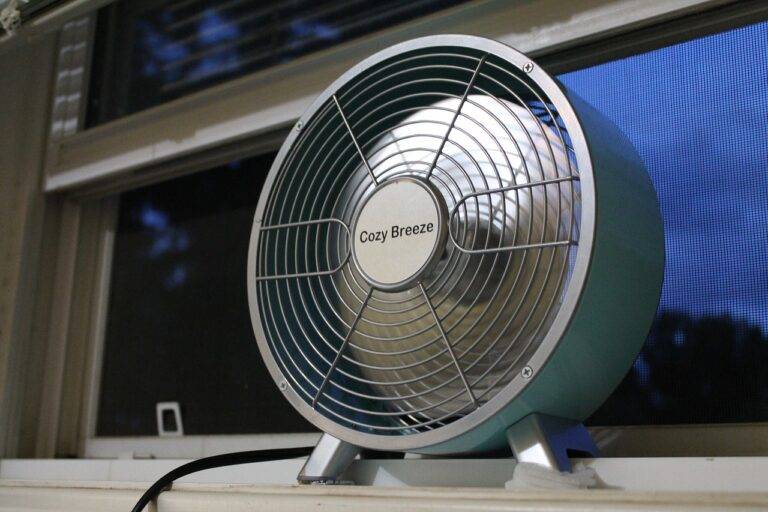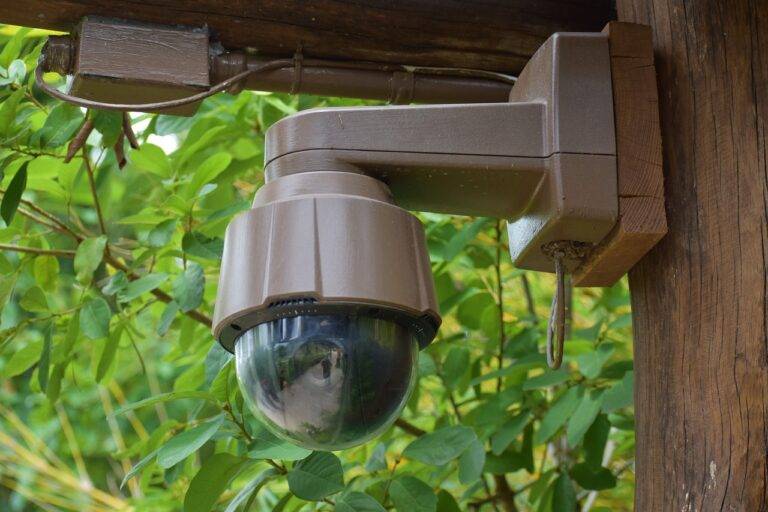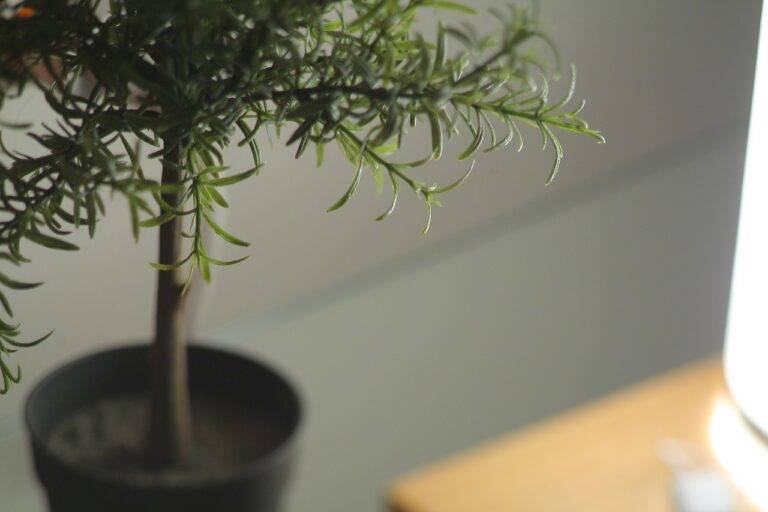Creating a Vertical Garden: Maximizing Space and Greenery
Vertical gardening is a creative and space-efficient way to grow plants in a vertical space, whether indoors or outdoors. By utilizing walls, fences, or other vertical structures, you can maximize your growing area, even in small spaces. This method not only adds a touch of greenery to your surroundings but also allows you to grow a variety of plants, including herbs, flowers, and even vegetables.
When setting up a vertical garden, it is essential to consider factors such as light exposure, water drainage, and the weight-bearing capacity of the structure. Selecting the right location and ensuring adequate sunlight is crucial for the health and growth of your plants. Additionally, using appropriate containers and ensuring proper irrigation will help sustain your vertical garden and keep your plants flourishing.
Choosing the Right Plants for Your Vertical Garden
When selecting plants for your vertical garden, it’s essential to consider their light requirements. Ensure that the plants you choose can thrive in the amount of light your vertical garden receives. Some plants may require full sunlight, while others thrive in partial shade or low light conditions. Understanding the sunlight needs of your chosen plants will help them flourish in your vertical garden.
Additionally, think about the mature size of the plants you select. Since vertical gardens have limited space for root growth, opt for plants that don’t spread too wide or have deep root systems. Choosing plants with a compact growth habit will help prevent overcrowding and ensure that each plant has enough space to grow vertically without competing with neighboring plants.







